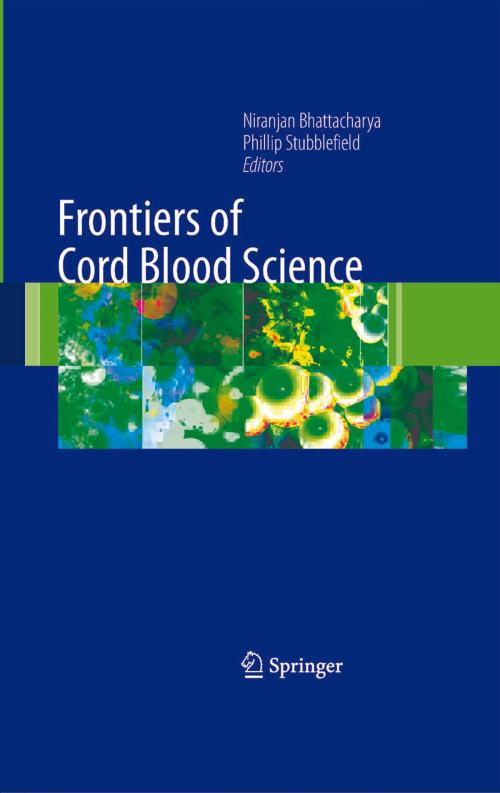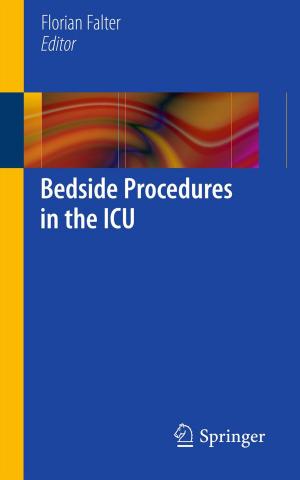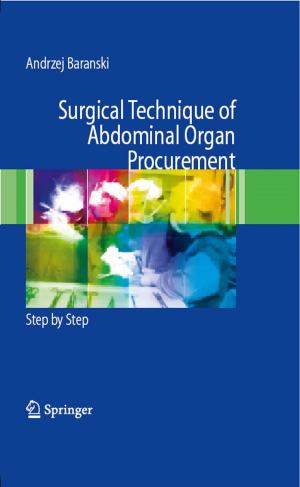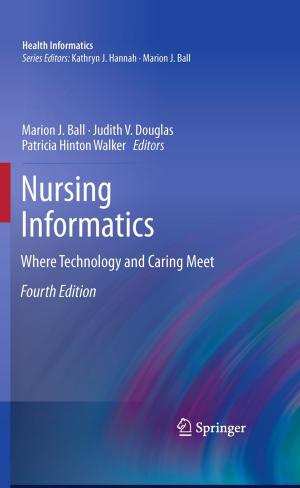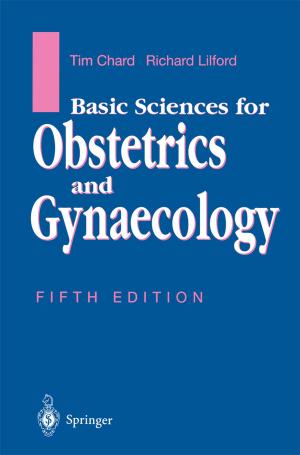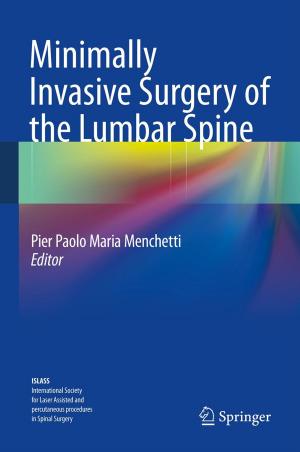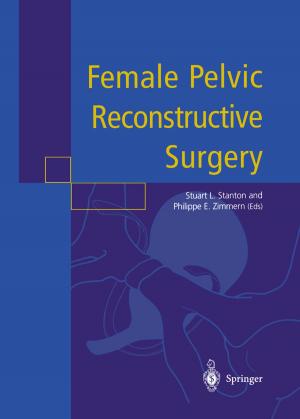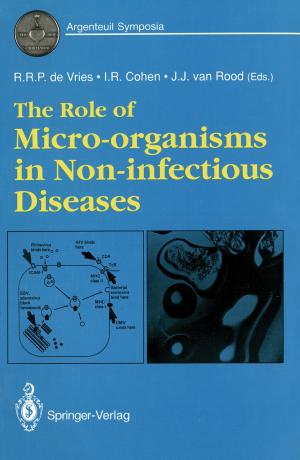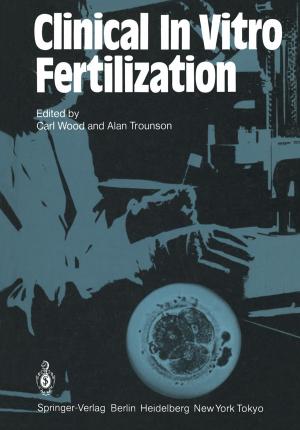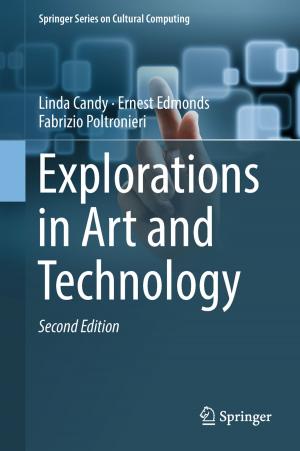Frontiers of Cord Blood Science
Nonfiction, Health & Well Being, Medical, Specialties, Internal Medicine, Hematology, Medical Science, Genetics| Author: | ISBN: | 9781848001671 | |
| Publisher: | Springer London | Publication: | April 21, 2009 |
| Imprint: | Springer | Language: | English |
| Author: | |
| ISBN: | 9781848001671 |
| Publisher: | Springer London |
| Publication: | April 21, 2009 |
| Imprint: | Springer |
| Language: | English |
Cord blood is a significant source of hematopoietic stem and progenitor cells for the treatment of blood and genetic disorders. Cord blood is also an alternative to embryos as a source of tissue for regenerative medicine. Cells from cord blood have been shown to transdifferentiate into nonhematopoietic cells, including those of the brain, heart, liver, pancreas, bone, and cartilage, in tissue culture and in animal systems. Recently it has been demonstrated that both cardiac and glial cell differentiation of cord blood donor cells occurred in recipients of unrelated donor cord blood transplantation as part of a treatment regime for Krabbe disease and Sanfilippo syndrome. These observations raise the possibility that cord blood may serve as a source of cells to facilitate tissue repair and regeneration in the future. CD34 stem cell-rich umbilical cord whole blood transfusion has the potential to have an immediate benefit of better tissue oxygenation with an additional delayed benefit of possible engraftment of umbilical cord stem cells.
Cord blood is a significant source of hematopoietic stem and progenitor cells for the treatment of blood and genetic disorders. Cord blood is also an alternative to embryos as a source of tissue for regenerative medicine. Cells from cord blood have been shown to transdifferentiate into nonhematopoietic cells, including those of the brain, heart, liver, pancreas, bone, and cartilage, in tissue culture and in animal systems. Recently it has been demonstrated that both cardiac and glial cell differentiation of cord blood donor cells occurred in recipients of unrelated donor cord blood transplantation as part of a treatment regime for Krabbe disease and Sanfilippo syndrome. These observations raise the possibility that cord blood may serve as a source of cells to facilitate tissue repair and regeneration in the future. CD34 stem cell-rich umbilical cord whole blood transfusion has the potential to have an immediate benefit of better tissue oxygenation with an additional delayed benefit of possible engraftment of umbilical cord stem cells.
